Review: Harry Potter and the Deathly Hallows Part II
Ten years, seven films, and $6 billion dollars internationally later, the adaptation of J.K. Rowling’s fantasy series comes to an end with Harry Potter and the Deathly Hallows Part II.
Warner Bros. divided the last book into two parts, a decision driven primarily by commerce and not art. Deathly Hallows Part I added close to $1 billion dollars to Warner Bros.’ coffers. Deathly Hallows Part II will more than likely do the same. Despite the split or maybe even due to the split, Part II, one of the shortest entries at 130 minutes, gives the decade-long Harry Potter series the much dramatically and emotionally satisfying conclusion it deserves.
Deathly Hallows Part II jumps almost immediately into the action, stopping three quarters of 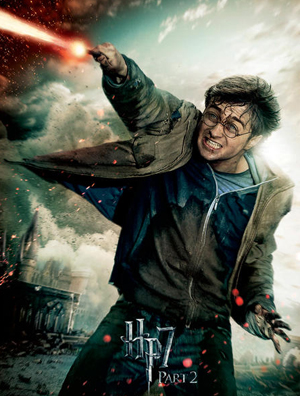 the way through for a crucial, character-backstory-explaining flashback before plunging back into Harry Potter’s (Daniel Radcliffe) long-awaited final battle with arch-nemesis Lord Voldemort (Ralph Fiennes), a.k.a., He-Who-Should-Not-Be Named.
the way through for a crucial, character-backstory-explaining flashback before plunging back into Harry Potter’s (Daniel Radcliffe) long-awaited final battle with arch-nemesis Lord Voldemort (Ralph Fiennes), a.k.a., He-Who-Should-Not-Be Named.
After a brief replay of Part I’s Voldemort-centered scene, Part II picks ups with Harry, Hermione Granger (Emma Watson), and Ron Weasley (Rupert Grint), as they prepare to break into the nearly impregnable Gringotts Wizarding Bank to retrieve one of Voldemort’s Horcruxes, magically empowered objects that hold fragments of Voldemort’s soul, part of Voldemort’s plan to ensure his immortality.
The race to destroy the remaining Horcruxes picks up speed and urgency in Part II. Voldemort’s decision to hide another Horcrux at Hogwarts School of Witchcraft And Wizardry sets up the final wand battle to end all wand battles, with Harry, Hermione, Ron, the long-neglected Neville Longbottom (Matthew Lewis), Luna Lovegood (Evanna Lynch), the entire Weasley clan, other students, and Hogwarts’ instructors on one side and Lord Voldemort, Severus Snape (Alan Rickman), Hogwarts’ new headmaster, Bellatrix Lestrange (Helena Bonham Carter), Death Eaters, and Demontors, on the other.
David Yates took the directing reins with the fourth entry, Harry Potter and the Goblet of Fire, the first film to be marked by a significant third-act death (a staple of each subsequent film in the series) and the first film to introduce Ralph Fiennes as the fully resurrected Lord Voldemort. Taking his visual cues from Harry Potter and the Prisoner of Azkaban, the third entry in the series directed by Alfonso Cuarón, Yates skillfully balanced the need to stay faithful to Rowling’s novels with the demands of visual storytelling and restrictive running times. At times, that meant jettisoning secondary characters and subplots favored by fans of the Harry Potter series without alienating them (a task more difficult than it sounds).
That the adaptations continued to draw in moviegoers over a 10-year period, however, speaks to the immersive power of Rowling’s series, especially her world-building skills and her ability to weave together the series-long, overarching conflict (Harry vs. Voldemort) with a seemingly inexhaustible supply of subplots, characters, character development (i.e., maturation) of the key characters, and the quality of the talent behind and in front of the camera. Every director from Cuarón on, cinematographers, set designers, visual effects experts, costume designers, and other craftsmen delivered high-end production values.
Yates, however, saved the best, the Battle of Hogwarts, for last. A marvel of seamlessly blended practical and computer-animated effects, the Battle of Hogwarts is as epic and spectacular as fans hoped (and feared), creating the requisite levels of awe and wonder, while keeping the central trio integral to practically every shot and scene.
While the Harry Potter series has kept British thespians gainfully employed for than a decade, the growth of the central trio has proven to be remarkable. Rewatch the first and second entries and it immediately becomes obvious that Radcliffe, Watson, and Grint’s acting inexperience raised serious doubts about their ability, individually and collectively, to grow with their characters from childhood to early adulthood. The burden was heaviest on Radcliffe to give Harry depth and dimension and an inner life burdened by his early, unwanted celebrity and, later, by the expectations that he would defeat Voldemort. Radcliffe more than lived up to the challenge with Watson a close second. The series asked Grint, playing the best friend/comic relief, to consistently do less, but he rarely disappointed.
To adequately sum an eight-film series isn’t an easy task. It’s probably best left to examine weeks, months, or even years later after the last entry. Despite that, it’s fair to say that Harry Potter and the Deathly Hallows Part II caps off the series perfectly, giving the characters (in, alas, an unneeded “19 years later” epilogue) and patient fans of the series in book and film form, a cathartic send-off that never feels cheap and always feels earned. It’s a send-off even casual fans of the series will want to revisit repeatedly.
Showtimes and Tickets
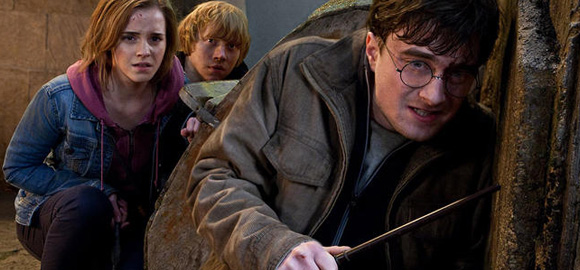

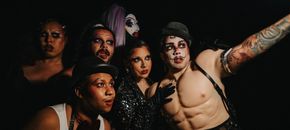
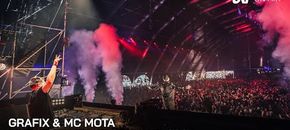
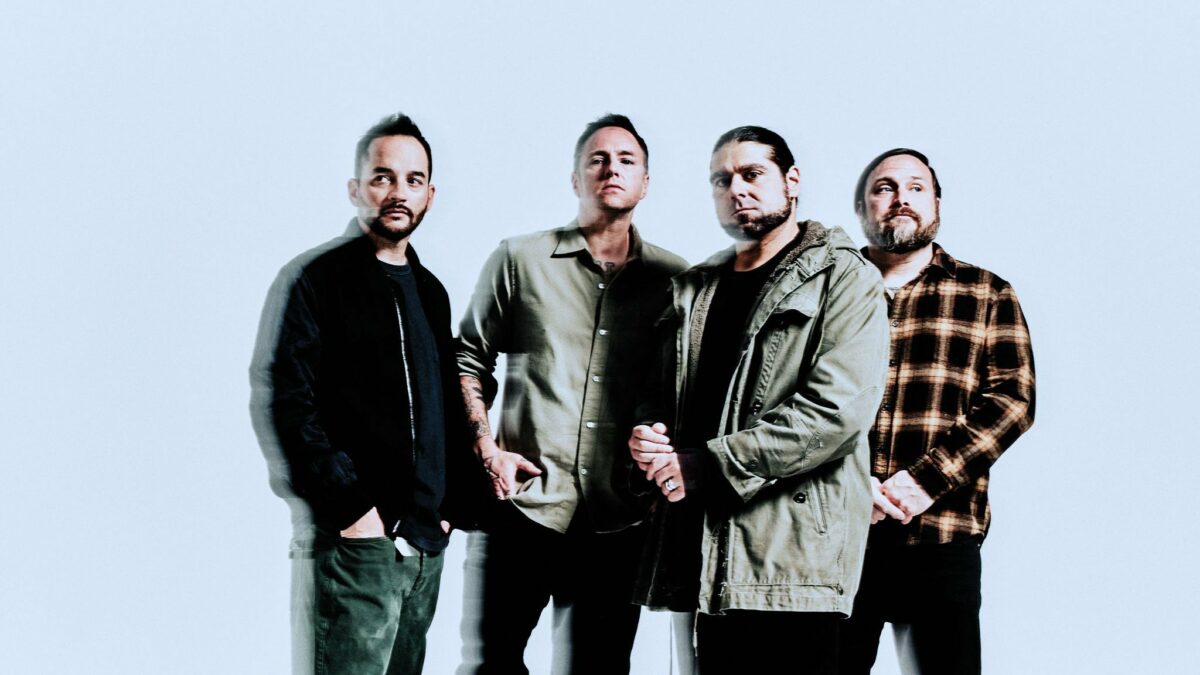
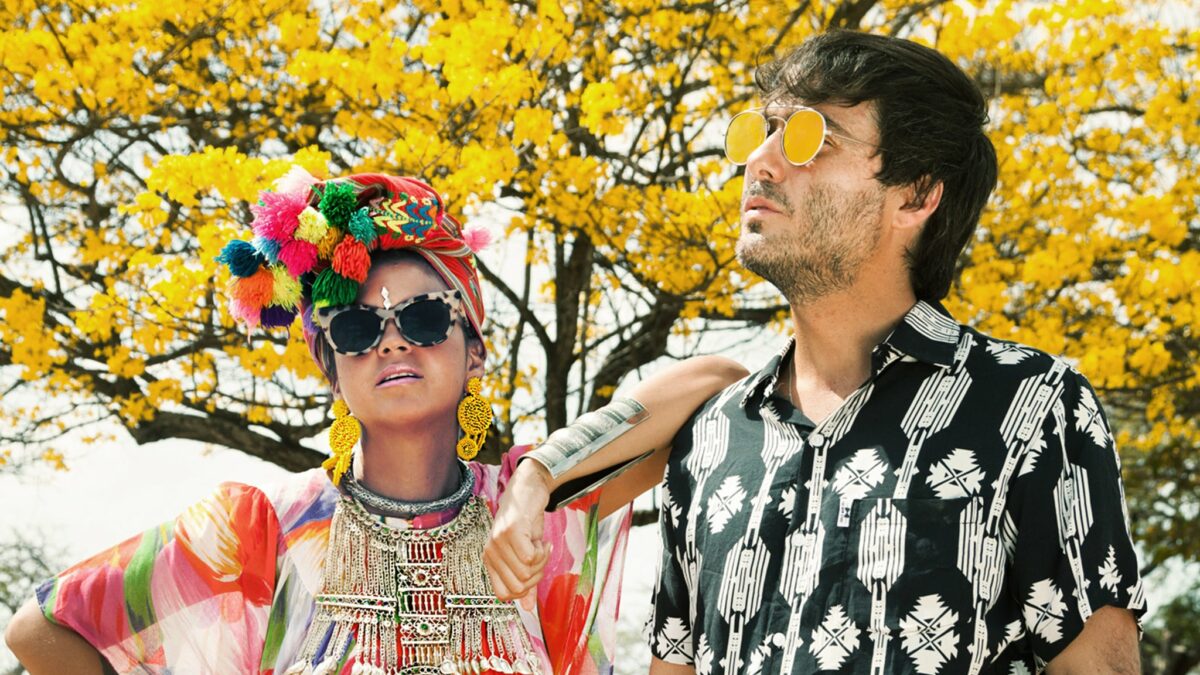
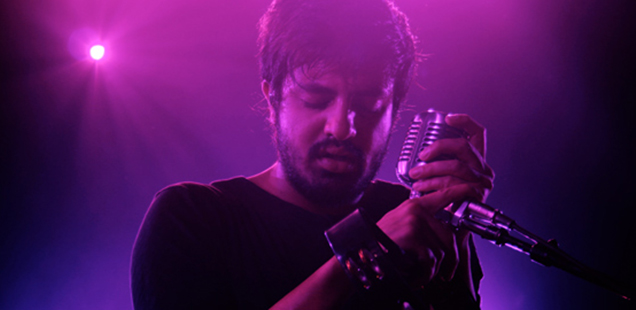
An incredibly weak review by someone clearly unfamiliar with the stories in any form other than the movies. The book was too long and important to it’s fans to present in one draught, Voldemort is he who MUST not be names and the epilogue is CRUCIAL to the story and a huge part f the book. Fortunately thaw movie is much, much better than this review!
cool review!